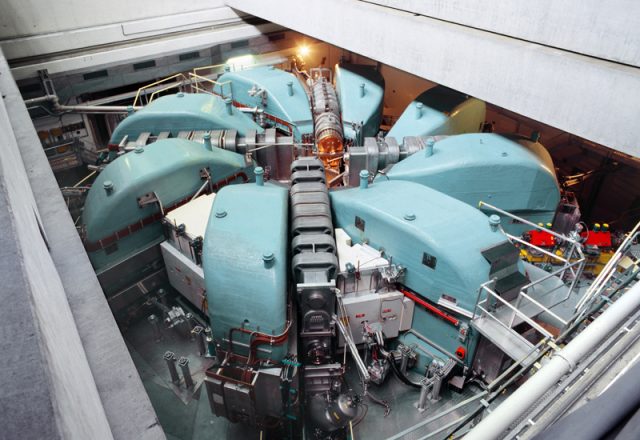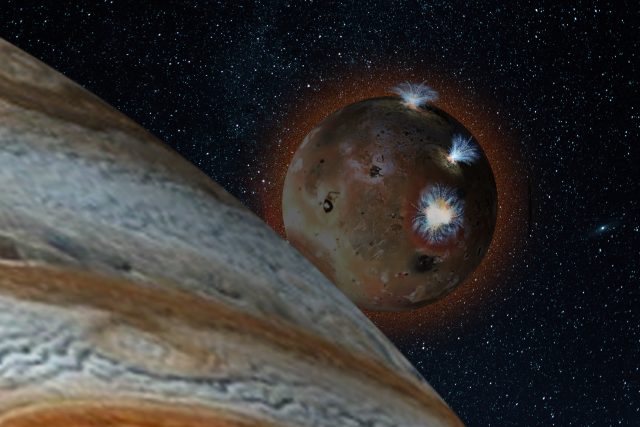
(credit: US Health and Human Services)
Physics researchers have a long history of sharing work they're preparing for publication in order to solicit suggestions and comments from their peers. Like so many things, this behavior migrated to the Internet: Cornell University's arXiv server hosts over 1.1 million documents, many of which later appeared in formal peer-reviewed literature.
The physics and astronomy communities see arXiv as beneficial, and biologists put together their own database called The BioRxiv. Now it appears that chemists are going to get their own equivalent. The American Chemical Society is asking for input from the research and publishing communities about what they'd like to see in a ChemRxiv.
The structure of the service will probably be the same as it is for other fields: manuscripts can be posted and shared prior to submission for peer review. The American Chemical Society's stated goal is to have information get circulated faster, which should accelerate the pace of scientific discovery. For individual researchers, the benefits may include having any errors or misinterpretations caught and fixed before hitting the peer review process.







